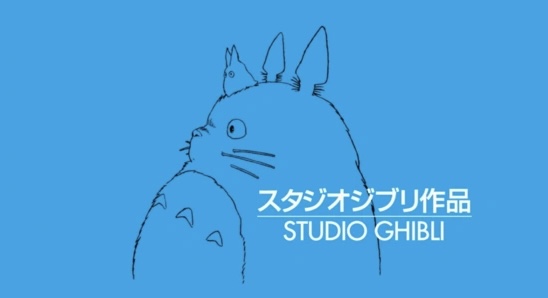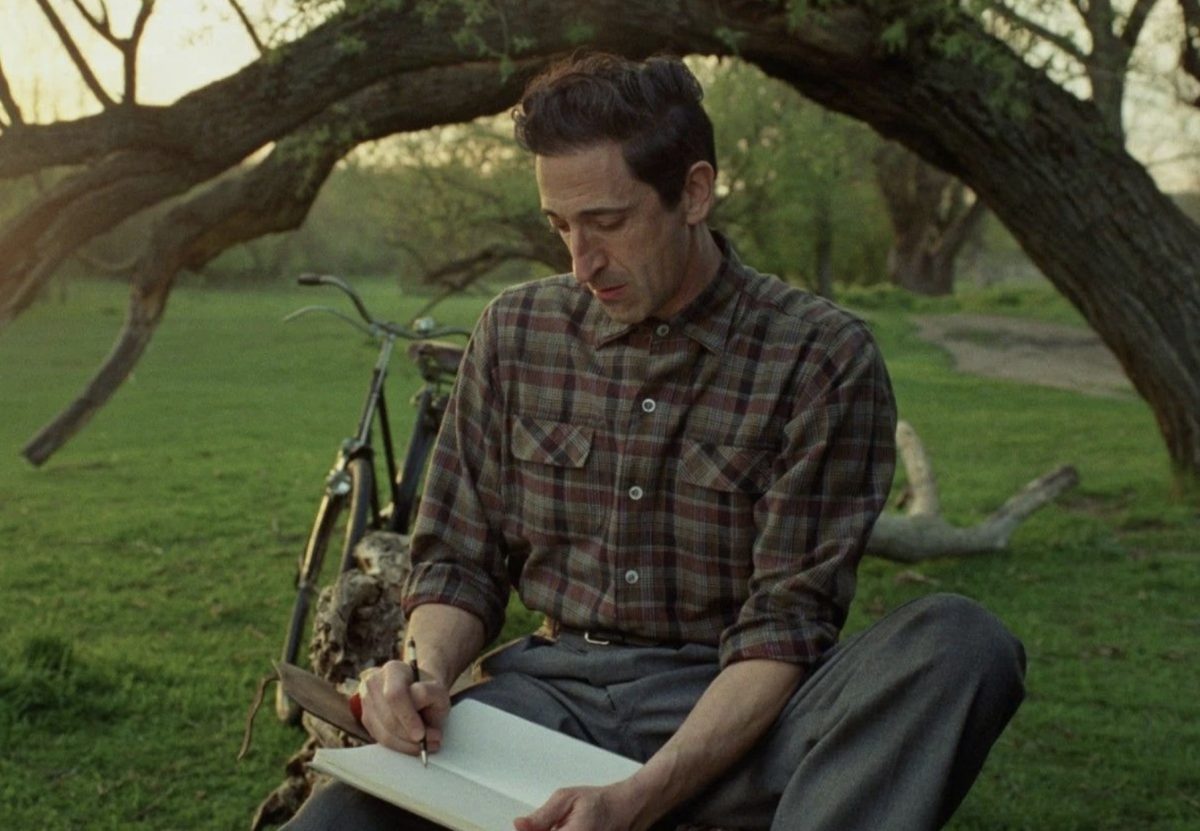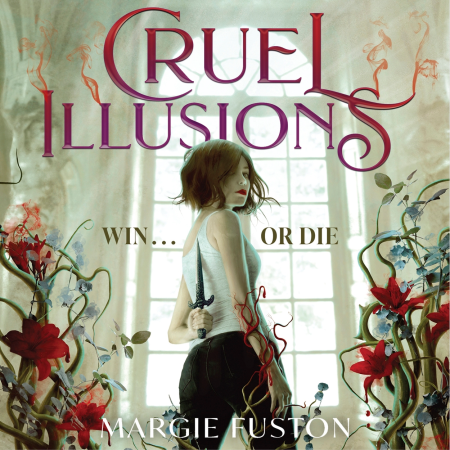Hayao Miyazaki is a name synonymous with the magic of animation. As a co-founder of Studio Ghibli, he has captivated audiences around the world with his enchanting storytelling and breathtaking visuals. His films, rich with imagination and profound themes, have not only redefined the animation genre but have also left an irreversible mark on global cinema and culture. This article explores Miyazaki’s life experiences, how they have influenced his remarkable body of work, as well as how his work has influenced the world of animation and storytelling.
Early Life
Born on January 5, 1941, in Tokyo, Japan, Hayao Miyazaki grew up in a world shaped by the aftermath of World War II. His father, a fighter pilot, instilled in him a fascination with flight and adventure, while the scars of war left a lasting impact on his worldview. As a child, Miyazaki found solace in drawing and storytelling, often creating fantastical worlds that provided an escape from the harsh realities surrounding him. These early experiences would later serve as the foundation for his creative endeavors.
Education and Early Career
Miyazaki pursued his passion for art at Gakushuin University, where he studied political science and economics. However, his love for animation led him to join Toei Animation after graduation. Here, he honed his skills and developed a unique storytelling style that combined whimsical narratives with deep emotional resonance. His early work in the animation industry laid the groundwork for his future successes and shaped his approach to filmmaking.
Influences on His Art
One of the most significant influences on Miyazaki’s art is his profound appreciation for nature. His films often celebrate the beauty of the natural world, as seen in Princess Mononoke, where the struggle between industrialization and nature takes center stage. This theme is further echoed in My Neighbor Totoro, which showcases the magic of childhood and the wonders of the environment.
Miyazaki’s personal experiences also play a crucial role in his storytelling. Becoming a father profoundly impacted his perspective, leading him to create relatable, strong female characters who navigate their own journeys of self-discovery. His reflections on war and peace, shaped by his childhood experiences, are evident in the anti-war sentiments that permeate many of his films.
Cultural heritage is another vital aspect of Miyazaki’s work. He draws inspiration from Japanese folklore, history, and traditions, weaving them into his narratives to create a rich tapestry that resonates with audiences both in Japan and around the world.
Major Works
In 1985, Miyazaki co-founded Studio Ghibli, which would become a powerhouse in the animation industry. The studio’s films are characterized by their stunning artistry, imaginative storytelling, and complex characters. Hayao Miyazaki’s filmography is a testament to his extraordinary imagination and the profound influence of his life experiences. Each of his major works reflects not only his artistic vision but also the personal and cultural narratives that have shaped him. Here, we dive deeper into some of his most iconic films, examining how his life experiences are intricately woven into their stories.
Spirited Away (2001)
Spirited Away is perhaps Miyazaki’s most celebrated film, winning the Academy Award for Best Animated Feature and becoming a cultural phenomenon. The story follows a young girl named Chihiro who finds herself trapped in a mysterious spirit world after her parents are transformed into pigs. This film reflects Miyazaki’s childhood experiences and his concerns about the loss of innocence and the impact of consumerism. The spirit world serves as a metaphor for the rapid modernization of Japan, showcasing a place where nature and spirituality are intertwined but threatened by greed. Chihiro’s journey of self-discovery mirrors Miyazaki’s own reflections on growing up in a changing world, emphasizing resilience and the connection to one’s roots.
Howl’s Moving Castle (2004)
In Howl’s Moving Castle, Miyazaki explores themes of war, love, and the consequences of conflict. The film follows Sophie, a young woman cursed to live in an old body, who embarks on a journey with the enigmatic wizard Howl. The backdrop of war in the film is a direct reflection of Miyazaki’s anti-war sentiments, shaped by his experiences growing up during World War II. The destructive nature of war is depicted through the conflict between kingdoms, advocating for peace and understanding. Sophie’s transformation and her relationship with Howl highlight the importance of inner strength and the ability to change one’s fate, resonating with Miyazaki’s beliefs about personal growth.
Kiki’s Delivery Service (1989)
Kiki’s Delivery Service tells the story of a young witch named Kiki who sets out to find her place in the world. This film reflects Miyazaki’s own experiences as a young adult navigating the challenges of independence and self-discovery. Kiki’s journey symbolizes the transition from childhood to adulthood, emphasizing the importance of finding one’s identity and purpose. Her struggles with self-doubt and eventual triumph in establishing her own delivery service mirror the challenges many young people face when stepping into the adult world, highlighting the significance of community and support.
Princess Mononoke (1997)
Princess Mononoke is a powerful exploration of the conflict between nature and industrialization, a theme that resonates deeply with Miyazaki’s environmental concerns. The film follows Ashitaka, a young warrior, as he becomes embroiled in a struggle between the forest spirits and the humans who seek to exploit the land. This narrative is influenced by Miyazaki’s love for nature and worries about environmental degradation. The character of San, a fierce protector of the forest, embodies Miyazaki’s belief in respecting the environment and understanding the interconnectedness of all living beings, serving as a poignant reminder of the consequences of human actions on the natural world.
Through these major works, Hayao Miyazaki has created a rich tapestry of storytelling that reflects his life experiences, beliefs, and values. Each film serves as a window into his soul, revealing the complexities of human nature, the beauty of the natural world, and the importance of personal growth.
Themes in Miyazaki’s Work
Miyazaki’s films often explore themes of coming of age, with characters embarking on transformative journeys that lead to personal growth. His portrayal of strong female protagonists challenges traditional gender roles and highlights the importance of resilience and independence.
Additionally, Miyazaki’s anti-war sentiments are woven throughout his narratives. Films like The Wind Rises reflect his contemplations on the consequences of war and the pursuit of peace, showcasing his desire for a better world.
Legacy and Impact
Hayao Miyazaki’s influence extends far beyond the realm of animation. His work has inspired countless animators and filmmakers worldwide, encouraging them to push the boundaries of storytelling and artistry. The accolades he has received, including the Academy Award for “Spirited Away,” are a testament to his impact on the industry.
Miyazaki’s films continue to resonate with audiences of all ages, offering timeless messages about love, nature, and the human experience. His ability to create relatable characters and immersive worlds ensures that his legacy will endure for generations to come.
Hayao Miyazaki’s life experiences have profoundly shaped his art, infusing his films with themes of nature, personal growth, and the complexities of the human condition. His unique storytelling and artistic vision have left an irreversible mark on the world of animation, making him a beloved figure in cinema. As we continue to explore the enchanting worlds he has created, we are reminded of the power of imagination and the importance of understanding our place within it.
Miyazaki’s films serve as profound reflections on pressing issues such as environmental conservation and the impact of war, inviting viewers to engage with these themes through relatable characters. His commitment to hand-drawn animation emphasizes the value of artistry and creativity, setting a standard in an industry increasingly dominated by digital effects.
Ultimately, Miyazaki’s work transcends entertainment; it inspires a generation of filmmakers and artists to embrace their creativity and tell meaningful stories. His characters embody resilience, empathy, and the transformative power of love, reminding us of the strength found in vulnerability. As we celebrate his remarkable contributions, we recognize that the stories we tell can inspire change and foster understanding, ensuring that Miyazaki’s legacy will continue to resonate for generations to come.








